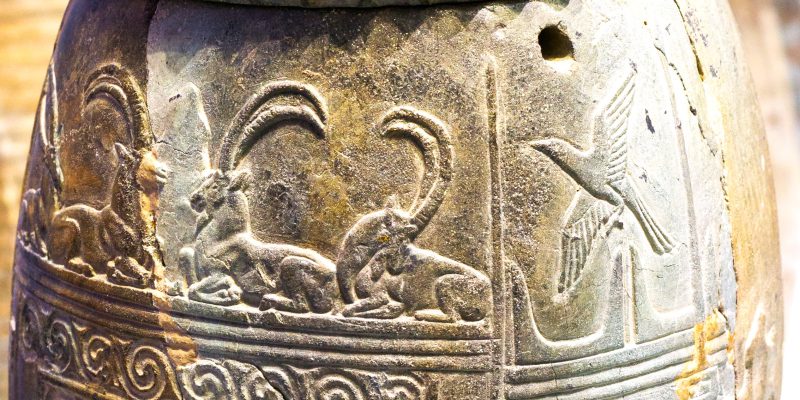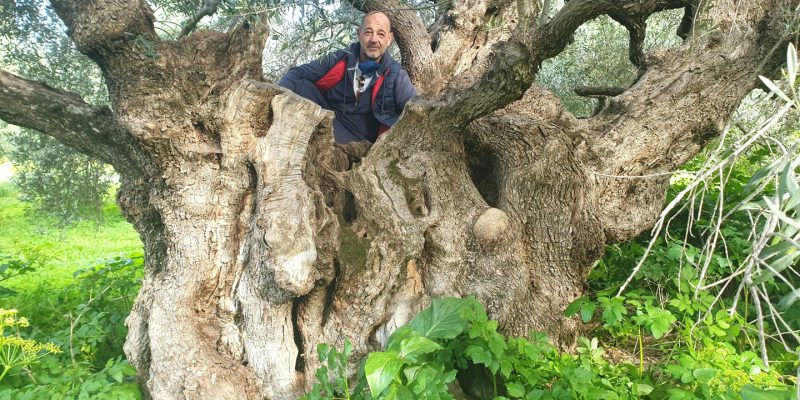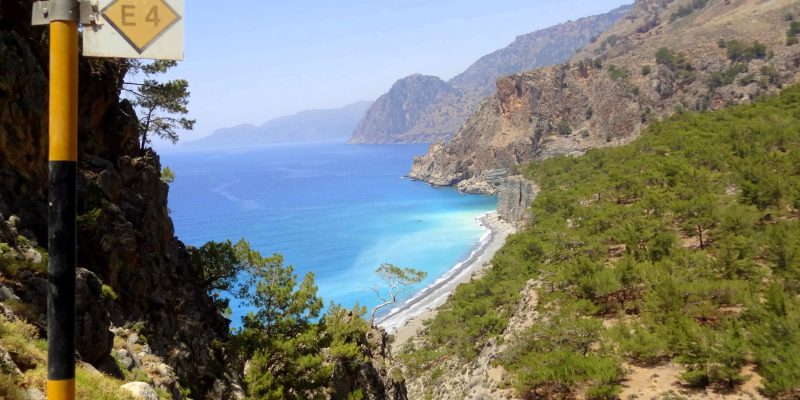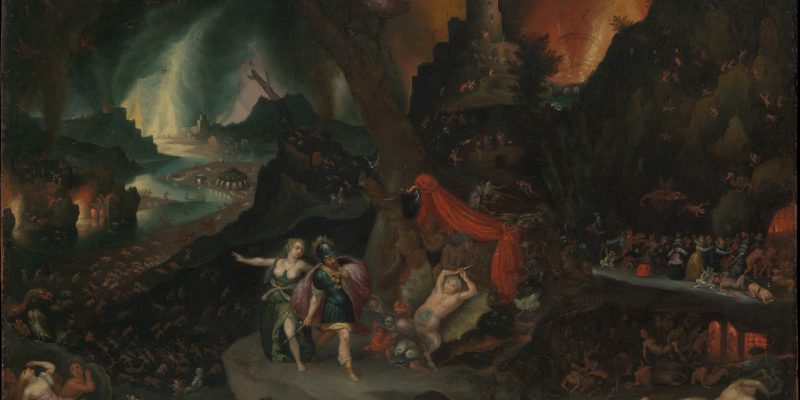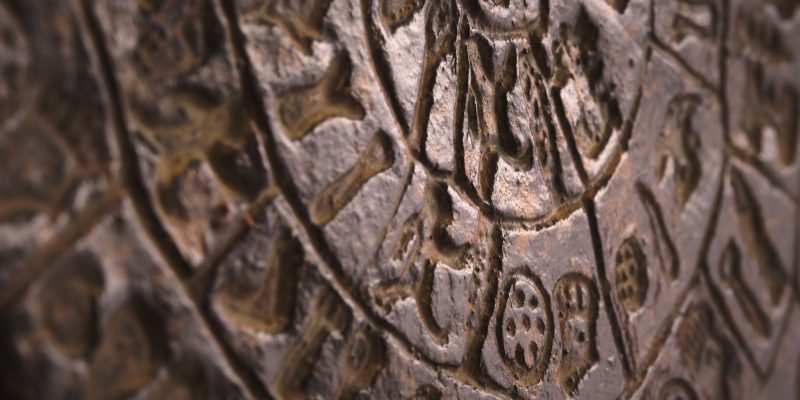In the first half of the second millennium B.C., the people of Crete enjoyed unprecedented prosperity. The basis of this was partly active trade with other Bronze Age civilisations. However, the core of Keftiu society was reaching for a higher state of existence and spiritual awareness. Their rich land produced a surplus of commodities like timber, olive oil, and excesses of various agricultural produce. Keftiu textiles, ceramics, jewellery, and other luxury goods were coveted across the Mediterranean basin. It’s fair to say the Keftiu excelled at everything they endeavoured to accomplish.
The Keftiu were also the great metallurgists of the age. Their exquisite filigree and granulated jewellery creations were unequalled. Carved seal stones with detailed scenes in miniature are, to this day, a mystery. How did they craft these magnificent items? What technology did the Keftiu possess, and what tools did they create to carve tiny intricacies in stone? However, their unusual attention to minute detail was not limited to stone or rare metals. The Keftiu created masterpieces in clay, ivory, painting, and even the colouring of textiles. Some experts believe the Keftiu created Tyrian Purple from crushed Murex (Muricidae) snail shells. Several sites on Crete and offshore of the main island were dye production facilities dating from the 20th–18th century B.C.
[Read more…] about Keftiu Fine Art as Symbolism and a Means to an End

